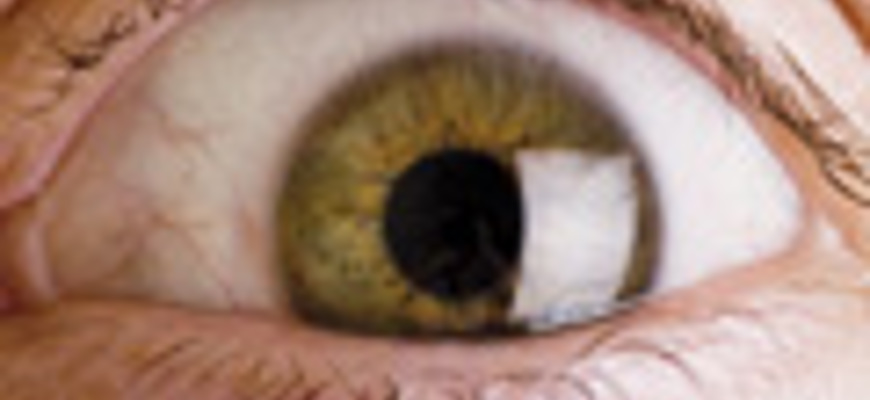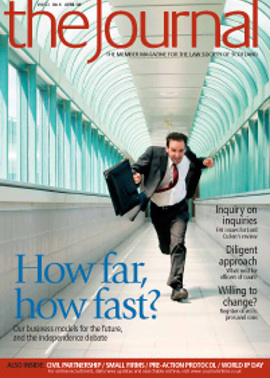Summary trials: deciding the facts

To believe testimony a court must accept that witnesses are truthful and then decide that their testimony is reliable. The law cannot avoid unintended deficiencies in evidence by imposing penalties. Testifying carefully depends on a citizen’s sense of duty in the serious context of a criminal trial. The reliability of evidence is always a live issue.
How reliable is testimony?
Common knowledge, trial experience and psychological research show conclusively that human observation and memory are imperfect. Our eyes are not video cameras. Our ears are not tape recorders. Our memories cannot compete with electronic data storage. Some mistakes and gaps in testimony are inevitable and constant vigilance is necessary.
Although witnesses are fallible, criminal courts are able to evaluate testimony with confidence.
1. Essential facts tend to be reported accurately
Psychologists, courts and common sense agree that errors and gaps usually affect evidence of secondary, minor facts rather than the central meaning and essential facts of events. A witness who sees a youth knocking an old lady down and snatching her handbag is likely to report the main facts accurately because they are striking and meaningful. If he cannot also describe the offender’s clothing, this need not suggest that his essential evidence about the nature of the event is unreliable. Reporting the essence of an event is generally enough for the court’s purposes.
2. Criminal trials test evidence effectively
The adversarial trial structure exposes dubious testimony to thorough investigation. Also, the bench assesses testimony in various ways which, in combination, are very effective. They include personal evaluations of witnesses and objective analysis of the possibility, probability and consistency of what they say. All the evidence, oral, real and documentary, is compared, weighed and evaluated as a whole. These processes reduce the risk of accepting mistaken evidence.
3. Impediments to accuracy have positive counterparts
Factors which can impair testimony are discussed below. But this negative account is not the whole story. Often positive factors which favour accuracy are present. A text on pathology is a poor guide to a healthy and vigorous lifestyle.
Errors of observation
Observation includes the five senses. Visual observation depends on attention. We cannot watch or listen to everything around us simultaneously. Attention is selective. It tends to focus on novel, interesting or striking facts rather than commonplace ones. Facts which involve observers personally will rob other facts of attention. A victim threatened by a man with a stick will focus on the stick, not his face. Some psychologists claim that everything, even if peripheral, registers unconsciously and might be recovered under hypnosis. If so, this does not help in court.
The following is a brief outline of some common difficulties in observation.
1. Nature of the facts
- Facts like a car mounting the pavement are easy to see clearly. Facts like the driver’s face in a speeding vehicle may be uncertain.
- The duration of an event limits the attention it can receive, and sometimes matters. A punch on the jaw can be seen in a flash, but suspicious conduct of youths in a car park needs longer attention.
- Obstacles like people, vehicles, trees or walls may block a witness’s view, wholly or partly. Unintentionally he/she may then fill in the gaps by imagination or information gained later.
- Moving targets may be difficult to see accurately.
- Multiple targets like a number of youths in a street disturbance may confuse a witness’s perception of who did what.
- Violence can cause stress and disorientation in witnesses as well as victims, and can reduce accuracy of observation.
- Sounds like shouts, screams or bangs may either accompany or be part of the main facts, as in a breach of the peace. Witnesses may be uncertain about what the sounds were and where exactly they came from.
- Evidence of spoken words can be important. Its accuracy may be suspect unless the words were noted at or soon after they were spoken. While the gist may be reported well enough, an accurate verbatim account of more than a few words is unlikely.
- Evidence about intangible, abstract facts like dates, times, the sequence of events, distances, dimensions, quantities, speed or height is necessarily subjective and sometimes is no more than a guess. It is vulnerable to challenge and needs careful assessment.
2. Conditions of observation
- Surrounding circumstances – not the facts observed – may either help or hinder observation of an event. They provide material for cross examination, but witnesses often deny that their positive testimony was impaired by difficult conditions of observation.
- Lighting is important, especially in identification evidence. Some crimes occur in dim light or darkness. A witness’s estimate of the effectiveness of artificial lighting like street lamps, shop windows or car headlights is often just a self-supporting guess.
- A witness’s distance from an incident may affect the reliability of their observation. Distances may be estimated by comparison with familiar things like a football pitch. A witness who was far away, might fill in gaps by imagination or as a result of discussion.
- Weather like rain, sleet, snow, or dazzling sunlight can obstruct vision.
- Distractions may divert attention from the main facts.
3. The state of the witness
- A witness’s state can interfere with his/her observation. Witnesses vary in their permanent abilities to see and hear. Old age, infancy or chronic infirmity may cause long-term limitations.
- Temporary physical impediments to observation may arise from drink, prescribed or prohibited drugs, illness, fatigue or recent injuries. Temporary mental impediments may be hysteria, distress, fear or anger. Strong expectations may cause witnesses to see what they expect.
- Armed with this material, cross examiners can challenge reliability of testimony in many ways.
- Errors of memory
- Forgetting may reduce the reliability of memory. Even if facts are observed clearly, it is normal for something to be forgotten in the long pre-trial period. But again common sense, trial experience and psychological research agree that while secondary, minor details tend to slip away, memory for the essence of an event and the main facts resists forgetting and is usually all that a court requires. Forgotten details are often unimportant in themselves. But they are significant if they are part of a chain of circumstantial evidence from which guilt may be inferred, or if they offer clues to credibility or reliability.
- Recall of numerous details after a long interval may cast doubt on credibility – although individuals vary greatly in their ability to remember things.
- A temporary memory block may be overcome by changing the topic to let the witness relax.
- While witnesses’ certainty or doubt about their recollections may be persuasive, a court need not accept these self-assessments at their face value.
Errors in evidence of identity
Reliable visual identification of the accused as the offender is of crucial importance. Everything said above about the reliability of evidence generally, applies to this type of evidence. But it involves additional, special risks which were thoroughly investigated by a committee headed by Lord Devlin (Report on Evidence of Identification in Criminal Cases (HC, 26 April 1976)). This led to judicial guidelines south of the border.
The committee found that cases which depended wholly or mainly on eyewitness evidence of identification involve a special risk of wrong conviction because such evidence is exceptionally difficult to assess. The report stated: “the witness who has sincerely convinced himself and whose sincerity carries conviction is not infrequently mistaken”.
Three types of visual identification were distinguished.
- Recognition
If evidence of recognition – the strongest form of visual identification – is accepted, it proves identity. Usually it is based on faces, but other physical attributes may contribute to it. A witness’s feeling of familiarity in matching the appearances of the accused and the offender is difficult to assess because of its subjectivity.
- Resemblance
Accepting evidence that the accused resembles the offender only proves similarity. It is not proof of identity, although it may support such proof. Even if your postman resembles Adolf Hitler, he did not start the Second World War! Close attention to a witness’s words is essential to exclude ambiguity or confusion about recognition and resemblance. Sometimes effective cross examination can convert one into the other.
- Distinctive characteristics
The weight of evidence that the accused and the offender have similar physical characteristics is greater if they are unusual or unique. Distinctive tattoos on the same part of the body would be more significant than brown hair.
An accused’s guilt may also be proved by inferences from circumstantial evidence or evidence of admissions, confessions and police identity parades, which reinforce or replace dock identification.
The third and final article will examine the role of advocacy in the decision process and the way courts form their overall judgments by comparing and weighing the whole of the evidence.
Marcus Stone, a sheriff for 25 years and now a mediator, is author of several books on deciding facts in courts and advocacy. He is now writing another book, Deciding the Facts in Summary Criminal Trials. e: marcusstone@btinternet.com
In this issue
- Thinking ahead
- A line too often crossed
- Big leap forward
- Independence: still viable?
- FAIs: a new lease of life
- ARTL: Turquoise is in the pink
- Summary trials: deciding the facts
- Life at the sharp end
- Conscience and public service
- Wills and ways
- Achieving "senior" rates?
- CPD: the way forward
- Life on the edge
- Pre-action protocol for industrial disease claims
- Fit a doin'?
- Same difference
- Curiosity corner
- System? What system?
- Reviewing appeals
- Testing insolvency
- Scottish Solicitors' Discipline Tribunal
- Website reviews
- Book reviews
- Day of creation
- Lawyer behind the camera
- Homing in on home reports






